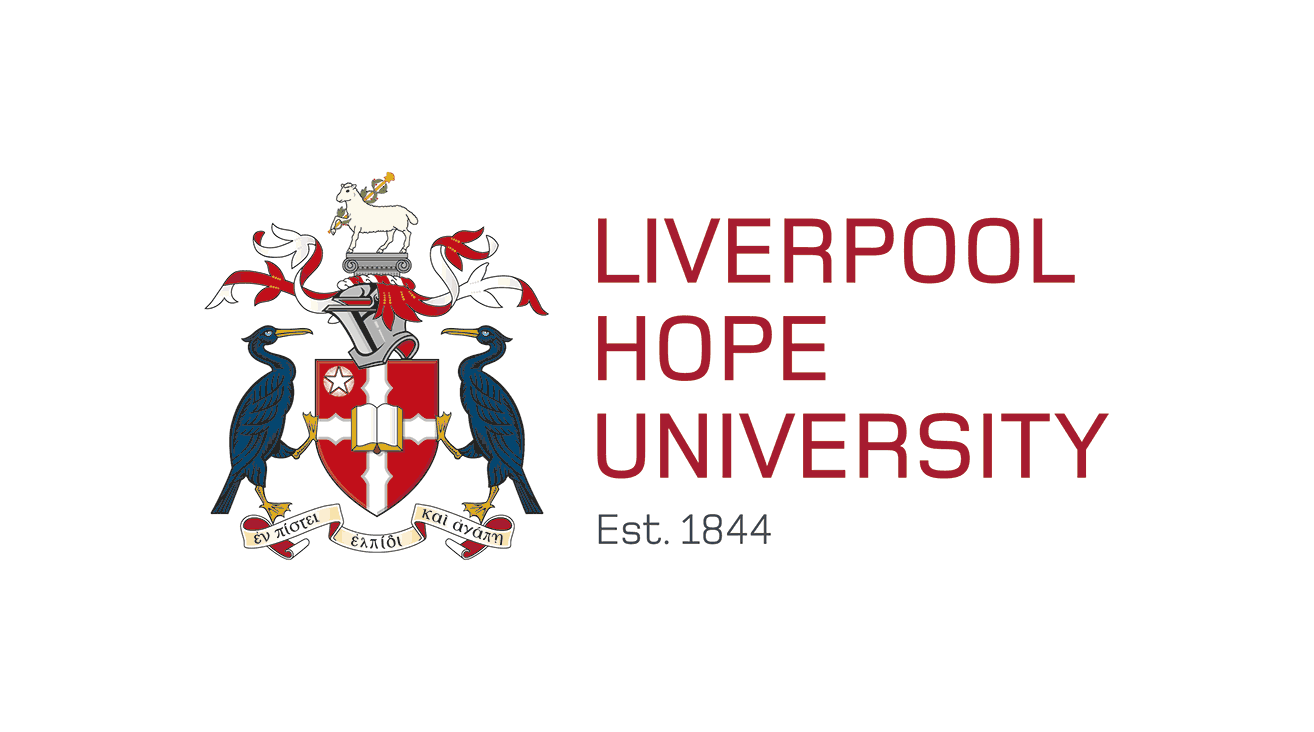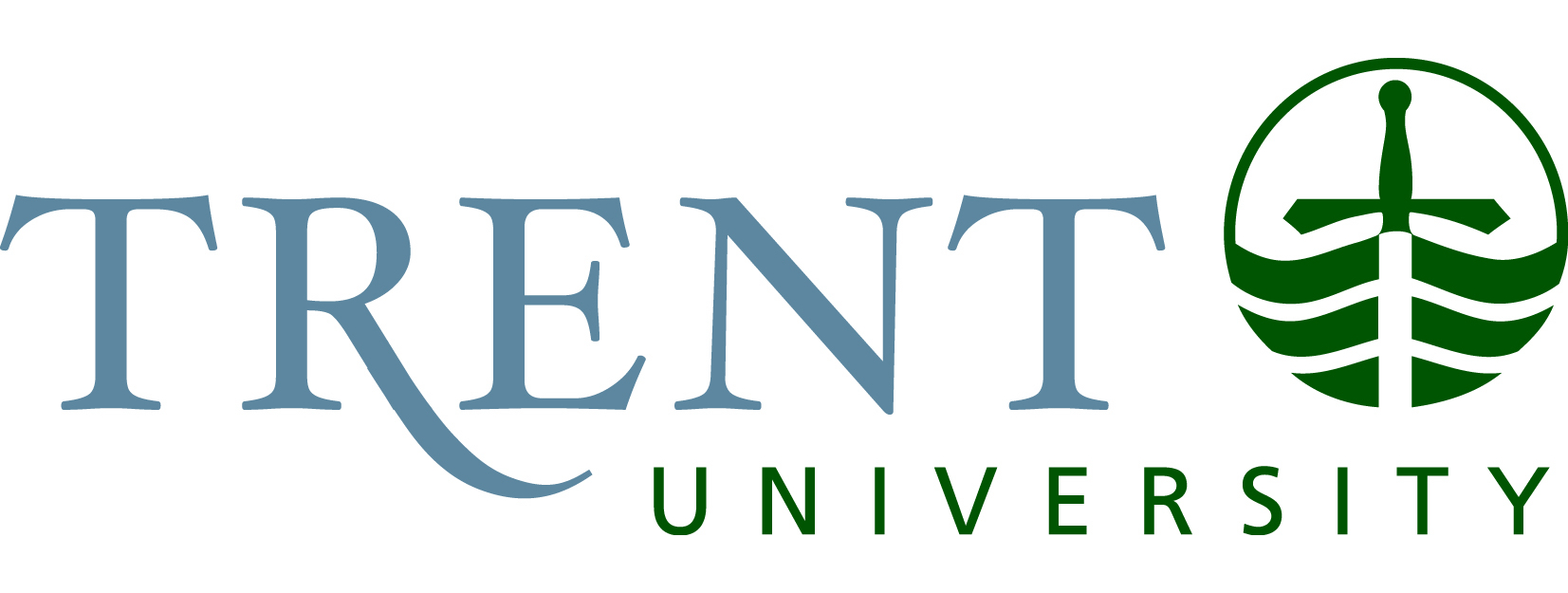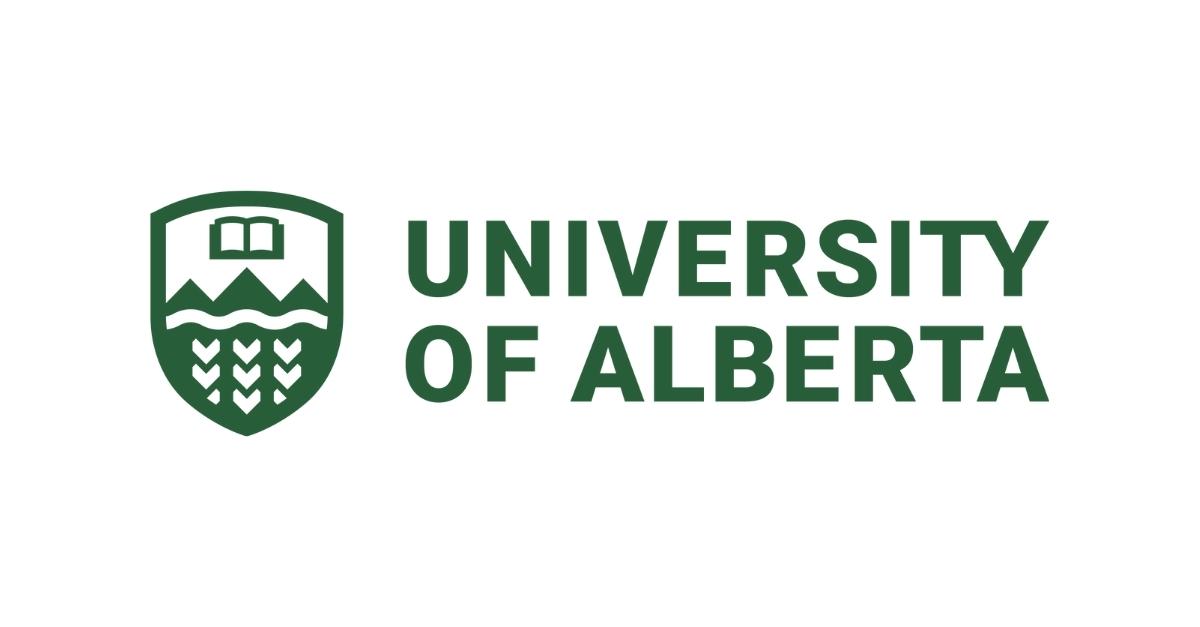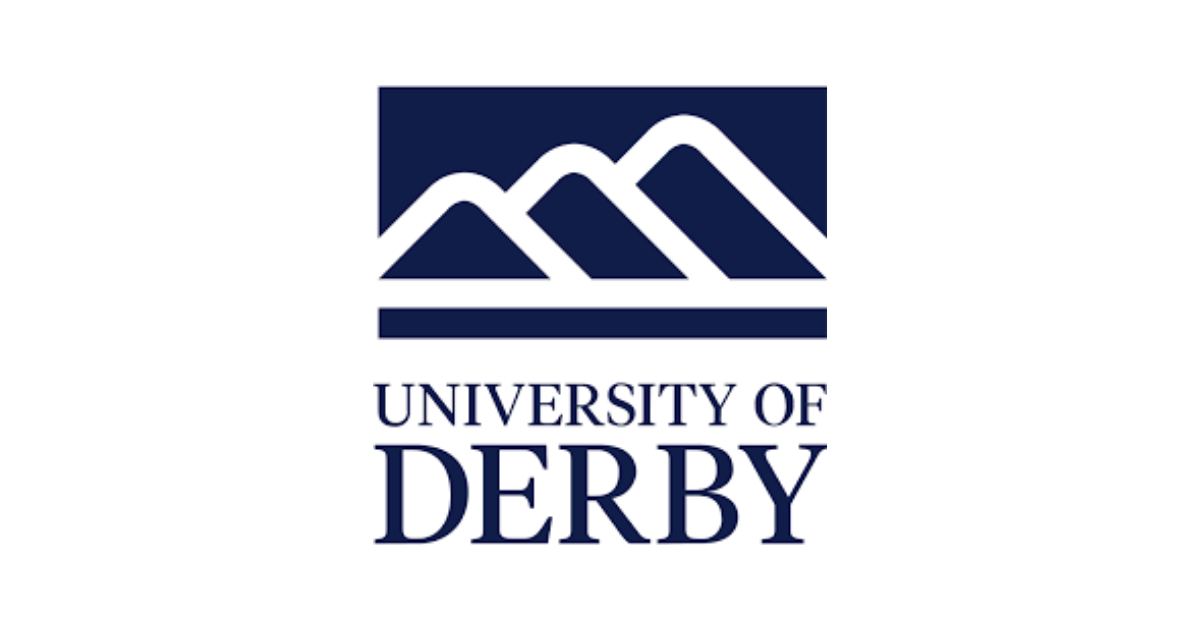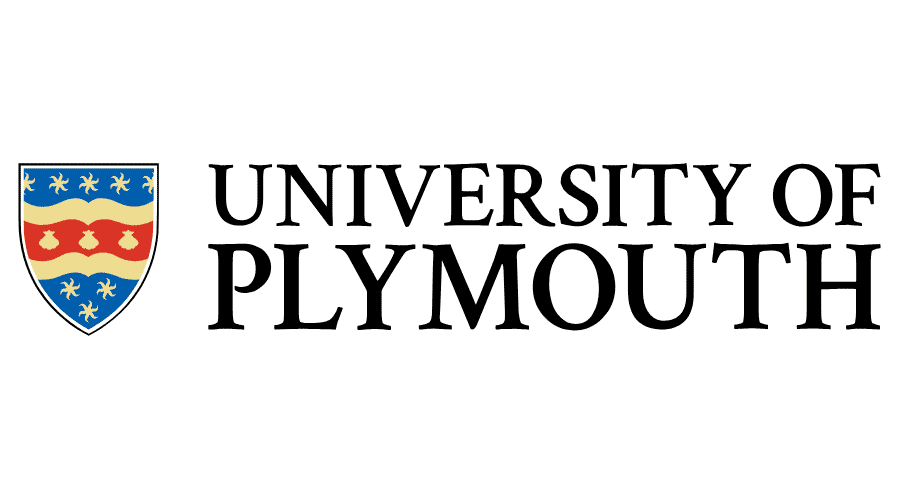Conservation Biology
Embark on a Journey to Protect Our Planet
Conservation Biology is an exciting and vital field that combines science, policy, and action to safeguard biodiversity and ecosystems. For Indian students aspiring to study abroad, this course offers a unique opportunity to gain global perspectives on environmental challenges, from the rainforests of the Amazon to the coral reefs of the Pacific. With India's rich biodiversity facing threats like deforestation and climate change, pursuing Conservation Biology overseas equips you with the tools to make a real impact back home or internationally.
This interdisciplinary program focuses on preserving species, habitats, and ecological processes. Whether you're passionate about wildlife, sustainability, or environmental policy, studying Conservation Biology abroad opens doors to cutting-edge research and hands-on fieldwork in world-renowned institutions.
Why Choose Conservation Biology Abroad?
India is a biodiversity hotspot, home to tigers, elephants, and diverse ecosystems, yet it grapples with rapid urbanization and pollution. Studying abroad in countries like the USA, UK, Australia, or Canada allows you to access advanced labs, international collaborations, and funding opportunities tailored for international students. You'll learn from experts who have influenced global conservation policies, such as those under the UN's Sustainable Development Goals.
- Global Exposure: Collaborate with students and researchers from around the world on projects addressing climate change and species extinction.
- Practical Skills: Gain fieldwork experience in diverse biomes, from temperate forests to tropical wetlands—experiences not always available in India.
- Scholarships for Indians: Programs like Fulbright-Nehru or Chevening offer funding, reducing costs for meritorious students.
- Career Boost: Degrees from top universities enhance employability in NGOs, government agencies, and international organizations like WWF or IUCN.
Course Overview
Conservation Biology programs typically span 3-4 years for a Bachelor's degree or 1-2 years for a Master's. They blend biology, ecology, and social sciences to tackle real-world issues. Core objectives include understanding biodiversity loss, developing restoration strategies, and promoting sustainable practices.
A typical curriculum emphasizes ethical considerations, such as balancing human needs with wildlife protection, which is especially relevant for Indian students dealing with human-wildlife conflicts in places like the Sundarbans.
Key Learning Outcomes
- Analyze threats to biodiversity and design mitigation plans.
- Conduct ecological surveys and use GIS mapping tools.
- Evaluate conservation policies and advocate for environmental justice.
- Apply quantitative methods, including population modeling and genetics.
Curriculum Breakdown
The curriculum is structured to build foundational knowledge before advancing to specialized topics. Here's a sample module outline for a Master's in Conservation Biology:
| Module | Description | Duration | Assessment |
|---|---|---|---|
| Foundations of Ecology | Explore ecosystems, food webs, and evolutionary biology. Learn how human activities disrupt natural balances. | 10 weeks | Exams (40%), Field Reports (30%), Group Project (30%) |
| Biodiversity and Conservation Genetics | Study genetic diversity in endangered species. Includes lab work on DNA analysis and population viability. | 8 weeks | Lab Assignments (50%), Essay (25%), Presentation (25%) |
| Wildlife Management and Policy | Examine laws like the Endangered Species Act (USA) or EU Habitat Directive. Discuss India's Wildlife Protection Act in a global context. | 12 weeks | Policy Analysis Paper (40%), Case Study (30%), Debate (30%) |
| Field Techniques and Restoration Ecology | Hands-on training in monitoring techniques, habitat restoration, and invasive species control. Often includes international field trips. | 6 weeks + Fieldwork | Portfolio (50%), Field Journal (50%) |
| Climate Change and Sustainable Development | Address how global warming affects conservation. Focus on adaptation strategies for vulnerable regions like the Himalayas. | 10 weeks | Research Project (60%), Seminar (40%) |
| Dissertation/Thesis | Independent research on a topic like tiger conservation or marine protected areas. Supervised by faculty with expertise in tropical ecology. | Full Semester | Thesis Defense (100%) |
This modular structure ensures a balanced mix of theory and practice, with electives allowing specialization in areas like marine conservation or urban ecology.
Eligibility and Entry Requirements
For Indian students, most programs require a Bachelor's degree in Biology, Environmental Science, or a related field with a minimum GPA of 3.0/4.0 (or equivalent, around 60-70% in Indian grading). English proficiency tests like IELTS (6.5+) or TOEFL (90+) are mandatory, though some universities waive this for students from English-medium institutions.
- Undergraduate: 10+2 with Science (PCB/PCM) and entrance exams like SAT/ACT for US programs.
- Postgraduate: Relevant Bachelor's, GRE (optional for many UK/Aus programs), and a statement of purpose highlighting your passion for conservation.
- Additional Perks for Indians: Many universities offer bridging courses if your background is in agriculture or forestry.
Visa requirements vary: F-1 for USA, Tier 4 for UK. Start applications early—deadlines are often December for fall intake.
Top Universities and Programs for Indian Students
Choosing the right university can shape your career. Here are standout options with strong support for international students:
- University of California, Davis (USA): Renowned for its John Muir Institute of the Environment. Offers MS in Conservation Biology with fieldwork in California's redwoods. Scholarships like the UC Davis International Merit Award cover up to 50% tuition for Indians.
- Imperial College London (UK): BSc/MSc in Ecology and Conservation. Focuses on policy and includes trips to Scottish Highlands. Chevening Scholarships are ideal for Indian applicants.
- University of Queensland (Australia): Bachelor of Science in Environmental Science with Conservation major. Access to the Great Barrier Reef for marine studies. Australia Awards provide funding for South Asian students.
- University of British Columbia (Canada): MSc in Conservation Biology. Emphasizes Indigenous knowledge, relevant for India's tribal conservation efforts. Vanier Canada Graduate Scholarships support international research.
- University of Cape Town (South Africa): Affordable option with a focus on African biodiversity, complementing Indian wildlife studies. Percy FitzPatrick Institute offers specialized tracks.
Tuition ranges from $20,000-$40,000 USD annually, but scholarships and part-time work (up to 20 hours/week) make it feasible.
Career Prospects and Opportunities
Graduates in Conservation Biology are in high demand globally. In India, you could join the Ministry of Environment, Forest and Climate Change, or NGOs like Wildlife Trust of India. Abroad, roles span research, consulting, and advocacy.
Average Starting Salary: $50,000-$70,000 USD internationally; ₹6-12 lakhs in India, rising with experience.
Popular Career Paths
- Conservation Scientist: Develop plans for protected areas, like India's Project Tiger.
- Wildlife Biologist: Monitor species in zoos, sanctuaries, or research institutes.
- Environmental Consultant: Advise corporations on sustainability compliance.
- Policy Analyst: Work with UNEP or WWF on global treaties.
- Eco-Tourism Specialist: Promote sustainable travel in biodiversity hotspots.
With a study abroad degree, 80% of graduates secure jobs within six months, often with opportunities for PhDs or leadership roles in international projects.
Challenges and Tips for Indian Students
Adapting to a new culture can be daunting, but universities offer orientation programs and Indian student societies. Homesickness is common, but virtual connections with family help. Focus on building a network—join clubs like the International Conservation Society.
Pro Tip: Highlight your Indian perspective in applications; experiences with local conservation, like saving the Asiatic lion, stand out.
How to Apply: Step-by-Step Guide
- Research Programs: Use sites like Studyportals or university portals to shortlist 5-7 options.
- Prepare Documents: Transcripts, SOP, LORs, and test scores. Tailor your SOP to show commitment to conservation.
- Apply for Scholarships: Check Inlaks Shivdasani Foundation or JN Tata Endowment for Indian-specific aid.
- Secure Funding: Education loans from SBI or HDFC are popular; prove financial stability for visas.
- Attend Virtual Fairs: Platforms like QS World Grad School Tour connect you with admissions officers.
- Post-Acceptance: Arrange accommodation via university housing and apply for visas 3-4 months in advance.
Studying Conservation Biology abroad isn't just an education—it's a call to action for a sustainable future. With India's environmental needs growing, your expertise will bridge global knowledge and local solutions. Start your application today and become a guardian of the planet!


